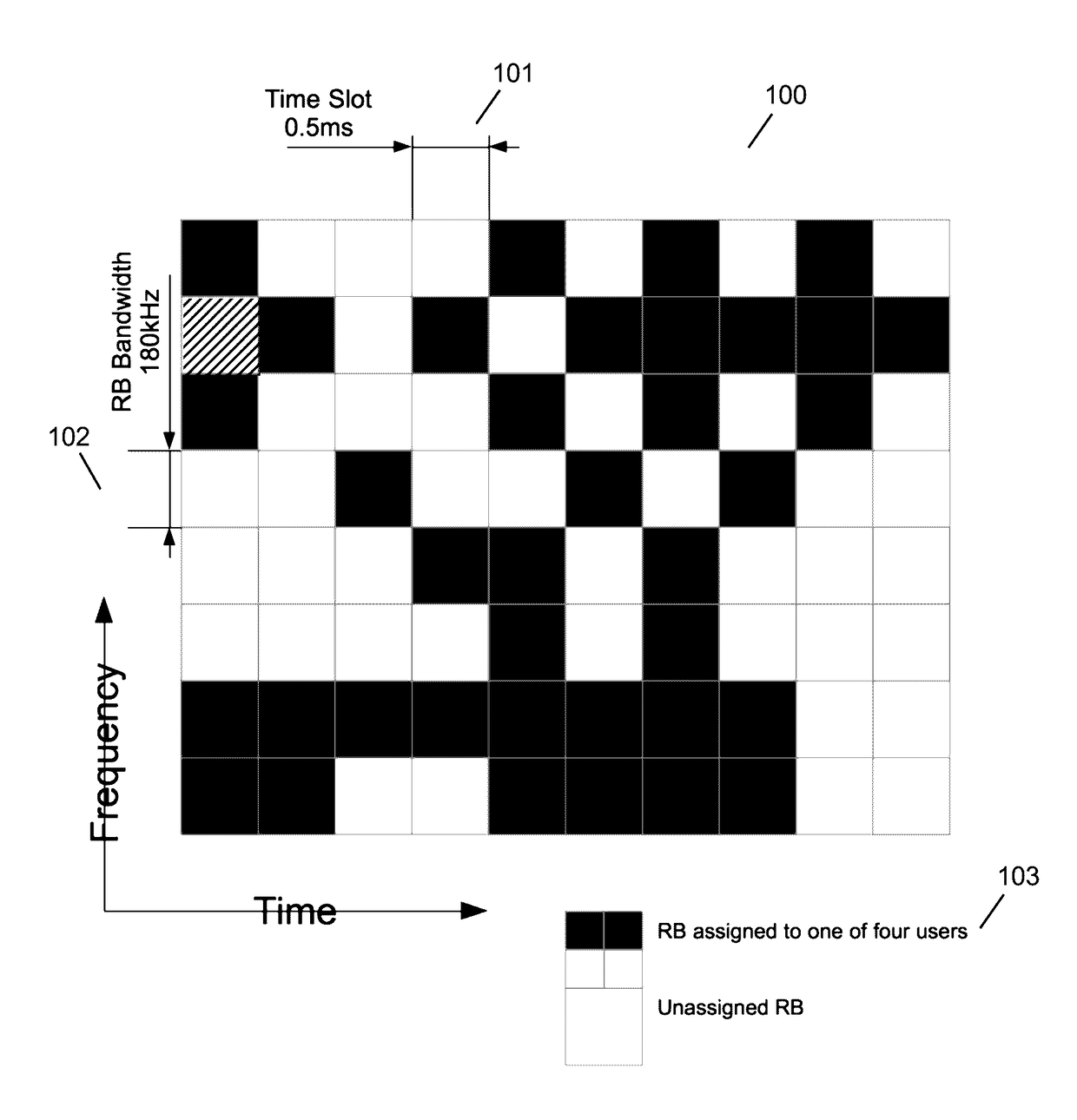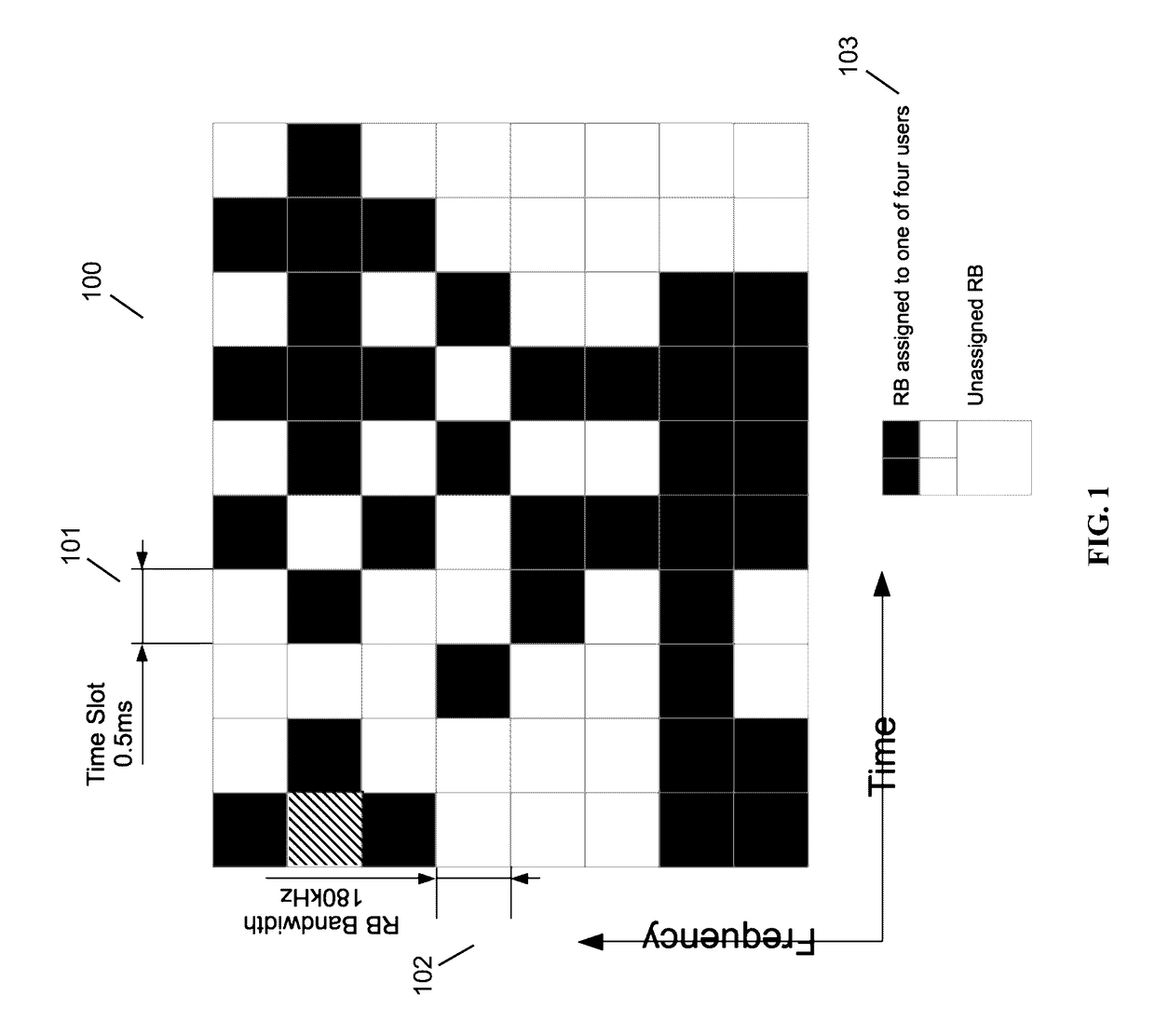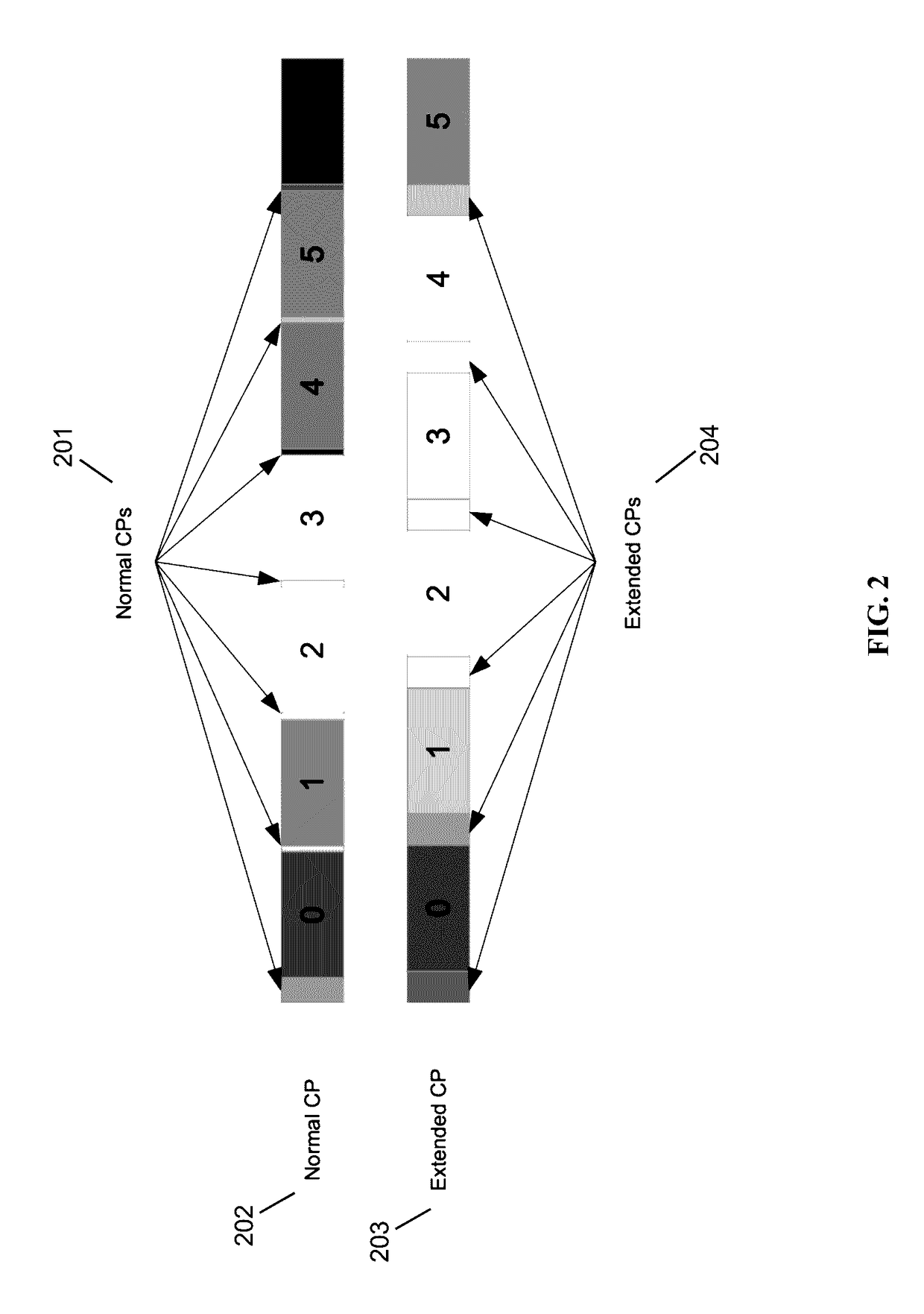High-Precision Blind Carrier Synchronization Methods for LTE SC-FDMA Uplink
a blind carrier and synchronization method technology, applied in multiplex communication, synchronisation arrangement, orthogonal multiplex, etc., can solve the problems of slow peak position search, slow calculation, and easy perturbation
- Summary
- Abstract
- Description
- Claims
- Application Information
AI Technical Summary
Benefits of technology
Problems solved by technology
Method used
Image
Examples
Embodiment Construction
[0036]Frequency-Domain OFDM HPCST
[0037]PhasorLab's patent-pending orthogonal frequency division multiplexing (OFDM) carrier synchronization technology is well suited for the LTE downlink, as described in U.S. Provisional Patent App. No. 62 / 203,750, hereby incorporated by reference herein in its entirety. Here the correlation between the in-phase and quadrature components of the frequency domain representation of a signal is used to identify the frequency and phase offset between the transmitter and receiver systems. Identifying these offsets to a high level of precision opens up the possibly to transmit higher order modulations in a given channel than would otherwise be possible. Refer to Appendix B for the theoretical background of our Blind Carrier Synchronization Method for OFDM Wireless Communication Systems.
[0038]SC-FDMA in LTE Uplink
[0039]The 3GPP LTE wireless standard uses single-carrier frequency division multiple access (SC-FDMA) modulation in an uplink (UL) channel from a ...
PUM
 Login to View More
Login to View More Abstract
Description
Claims
Application Information
 Login to View More
Login to View More - R&D
- Intellectual Property
- Life Sciences
- Materials
- Tech Scout
- Unparalleled Data Quality
- Higher Quality Content
- 60% Fewer Hallucinations
Browse by: Latest US Patents, China's latest patents, Technical Efficacy Thesaurus, Application Domain, Technology Topic, Popular Technical Reports.
© 2025 PatSnap. All rights reserved.Legal|Privacy policy|Modern Slavery Act Transparency Statement|Sitemap|About US| Contact US: help@patsnap.com



